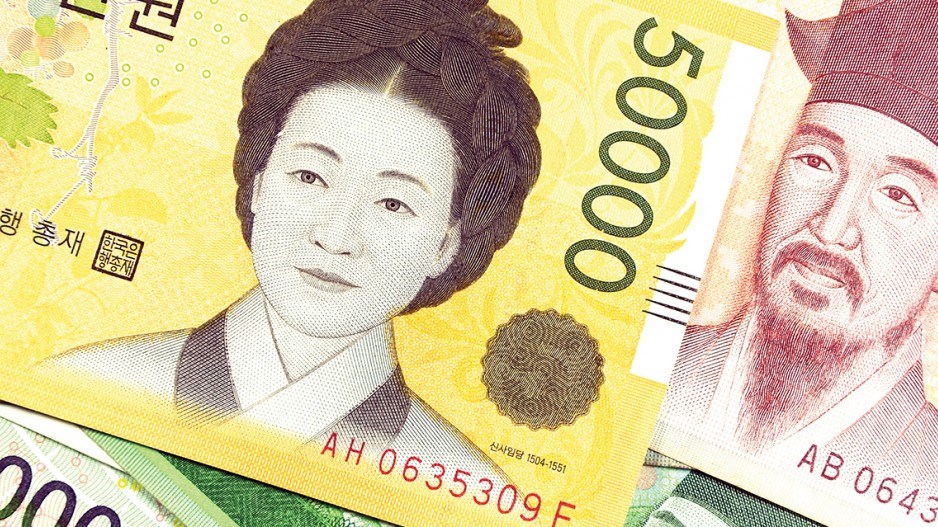Although the visible omens did not look auspicious for International Trade Minister Ed Fast’s 100-strong business delegation visit to South Korea last week, the country’s underlying prospects are strong.
South Korea had a poor ending to 2014, with a fourth-quarter growth rate of just 0.4%, the lowest in two years. The 3.3% growth rate for the whole year was better than 2013’s 3%, but below the 3.8% forecast by the country’s finance ministry.
Like other export-oriented manufacturing economies, South Korea is suffering from the continuing post-2008 flaccid demand for consumer goods. Thus South Korean domestic consumers are keeping their hands on their wallets, and industrialists are wary of making investments. The Bank of Korea said recently it expects what it called the “negative output gap” – in essence, underutilized production capacity – to continue for some time.
But it is often darkest just before the dawn. As well as marking the coming into force of the Canada-South Korea Free Trade Agreement of January 1, the February 8–13 tour by the Canadian trade mission came at a time when South Korea is poised to benefit more than many countries from the fall in oil prices.
South Korea imports almost all its oil and is the world’s fifth-largest importer after Germany. The halving of the price of Dubai crude, the source of most of South Korea’s imports, from nearly $100 a barrel to under $50 will have a more direct impact on the South Korean economy than it might elsewhere.
The pricing mechanism operated by the Seoul government means that changes in global oil prices filter through to the retail marketplace fairly quickly.
Fuel costs account for up to 20% of South Korean household expenditure, so the lower oil prices, if they persist, are expected to give a significant stimulus to consumer spending. And gross export revenue is expected to rise as lower energy costs are reflected in lower prices for South Korea’s manufactured goods.
Oxford Analytica, the global advisory network on market analysis and strategy, says South Korea has other reasons to anticipate a pickup in growth. Despite the hangover from the 2008 global recession, South Korea has a strong labour market with unemployment at 3.4%. Measures by the government last summer to revive the stagnant housing market appear to have helped. There are signs of a slow but sustainable recovery of real estate prices.
Although the rate of household debt in South Korea is high, interest rates are low. The Bank of Korea may make a further small cut to give added impetus to the drop in oil prices. But it will be keeping a close eye on household indebtedness and also on the inflation rate.
The cut in oil prices is a welcome development for the government of President Park Geun-hye. A poll last month pegged her popularity rating at a new low of 30%.
Since taking office in February 2013, Park has pursued a policy of trying to restructure the South Korean economy away from its reliance on industrial conglomerates, the “chaebol.”
But it is often small incidents that give democratic governments their biggest opportunities. Park’s attempts to rebalance South Korea’s economy have been helped by a packet of macadamia nuts.
Late last year the irate daughter of the chairman of one of the chaebol, Korean Air, made the flight she was travelling on turn back to the gate in New York because she was served macadamia nuts in a packet and not a china bowl. Public disgust at this incident has soured attitudes towards the country’s entire corporate elite. •
Jonathan Manthorpe ([email protected]) has been an international affairs columnist for nearly 40 years.




